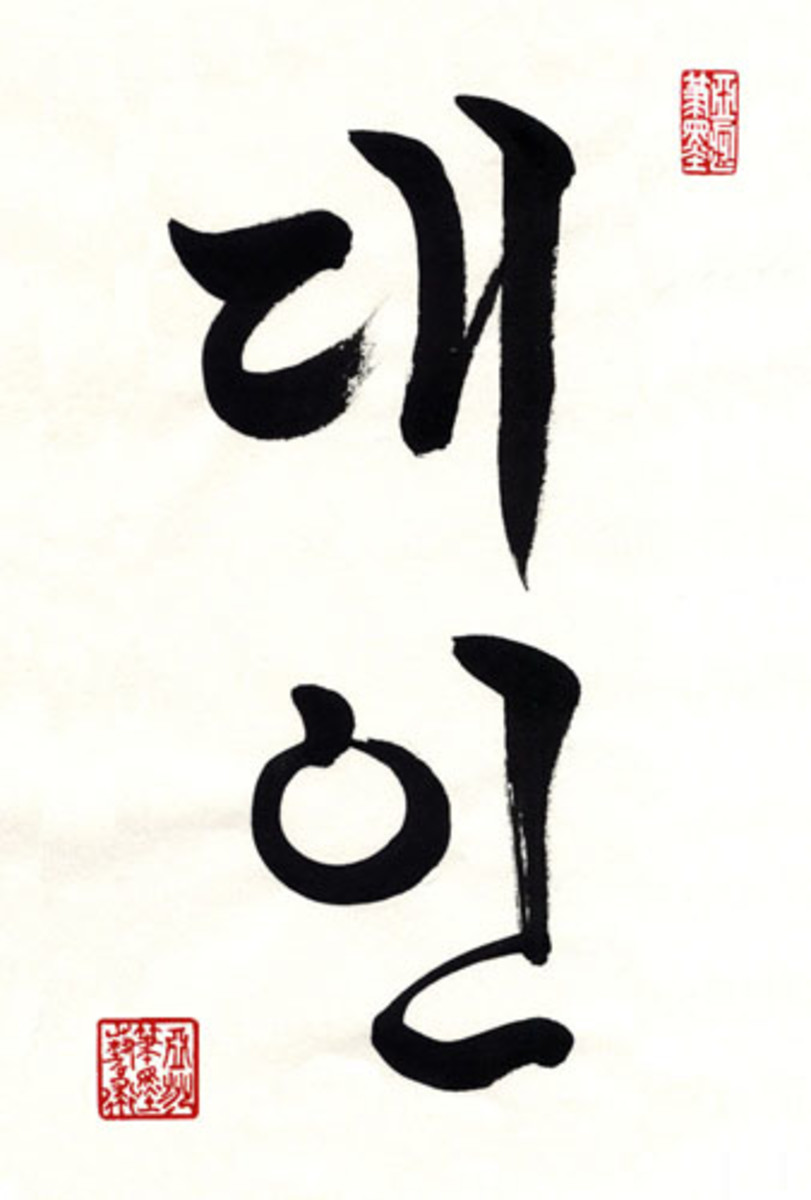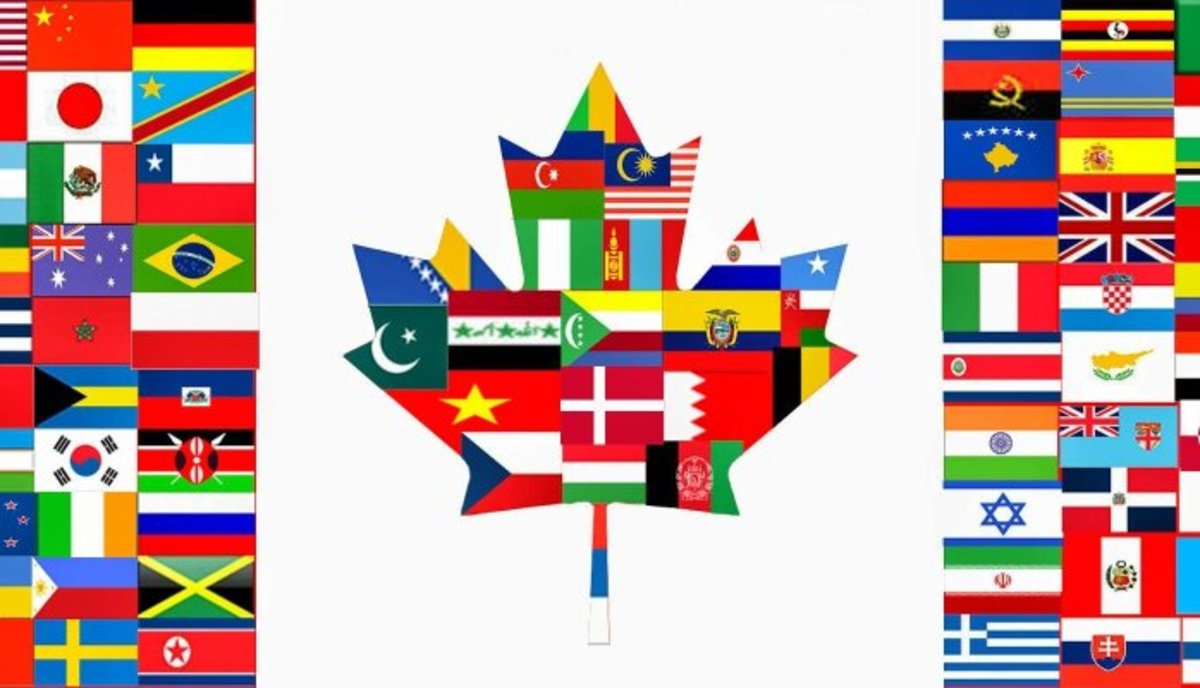How Korea got a new alphabet, with a new name, and got its groove back
It's easy enough to take language for granted-- we're all participating in making and remaking it every day of our lives. There's the old idea that it's speech that puts us as a species above other animals, that's a defining proof of our intelligence-- that's been challenged by scientists who work with animals, and of course it's true that even humans use a smorgasbord of non-verbal cues to get the meaning across.
But speech, language is so deep in our histories, in our cultures-there is really nothing about language that isn't also something else. Just as any word we speak points to an idea of it, and isn't ever the thing itself, language as a whole touches on the impossible, bridging our realities to our dreams.
How important is language to people? Well, one example is the 21st of February, which since 1999 has been decreed by UNESCO as International Mother Language Day. The choice of this date commemorates revolutionary protest in 1952, in what was then East Bengal under dominion of Pakistan, all for the sake of protecting and upholding Bangla as the official language. That date is also the Language Martyrs' Day in Bangladesh today.
The birth of Hangeul
There's another really special language holiday. October 9th is celebrated in Korea as the official birthday of the Korean native national writing system, which in English we can transcribe as Hangeul. There's a lot going on here, a lot of it unique in the history of world languages.
We can start with how it just happens to be one of the youngest among world languages, and arguably the most ingenious. As a phonetic writing system its unparalleled-linguists have gushed over the sheer range of sounds that can be represented in Hangeul. Formally announced as the national script in 1446, it was developed by a team of scholars, not quite from scratch, in the few years leading up to that date.
The wisdom of a king
Extraordinarily, the main mover behind this was the King at that time, Sejong, of the Joseon Dynasty. When you keep in mind how many narratives about civilization pivot on powerful aristocrats and monarchs deliberately withholding power and knowledge from their people, this is already striking.
Koreans in this period were used to writing their language using Hanja, a set of adapted Chinese characters. Not ideal, because the Korean language is not historically of even the same family as Chinese and its system of grammar is different from than that of Chinese.
And you've probably guessed the other major problem- written Chinese is fantastically complex. It's not alphabetical, but logographic, so you have to know thousands of different characters, none of which correspond in any way to the sound or meaning.
The huge cultural dominance of Chinese culture and writing didn't translate to fluency in Chinese for the many kingdoms and colonies under its sway. Which is why Sejong's work stands out, even today, as a great humanitarian achievement? If you think about it, it is an audacious manual on how to go about forming a new national identity.
How to reinvent writing
The scholars of Sejong's Jiphyeonjeon-usually translated as 'Hall of Worthies'-had to do their homework, and do it really really well. As said before, Hangul wasn't built from scratch. They had to build on extensive knowledge of Chinese language in all its technicalities and nuances, and there is evidence that they took vital cues from an existing project. This was the 1269 'Phags-pa script devised by a Tibetan monk whom Kublai Khan (yes, that Kublai Khan) assigned the task of coming up with a sort of lingua franca for his empire.
The first thing someone unfamiliar with Hangeul may notice about the script is that it's blocky. Pleasingly geometrical, the squareness of the letters makes the script extremely legible no matter who has written it, regardless of social class, age or, well, aptitude for calligraphy. Extreme truth in advertising: Sejong wasn't lying in the Hunmingjeongeum, the document where Hangeul was officially announced, when he justified his decision by citing the plight of the poor and the illiterate in the face of super-sophisticated (and super time-consuming) Classical Chinese.
Han beon do: one more time
To quickly simplify it for laypersons-you have 10 (ten) vowels, 14 (fourteen) consonants, 11 (eleven) compound vowels. In each 'box' shape you can fit up to four letter shapes, with the most basic configuration being C-V (consonant-vowel).
This makes Korean look more syllabic than it actually is, but traditionally it also did a good job of making the script look, well, closer to Hanja. So not only were these linguist-scholars coming up with a whole new script, they were also aware that you had to help people gently segue into its usage for it to survive.
Charmingly and this also shows the lingering inspiration of Classical Chinese, each consonant corresponds to the respective shape of the mouth and the tongue when you are speaking it. The consonant for 'm' in Korean is really just a box, which is exactly closed circuit your mouth makes when you pronounce the sound.
Some of the other explanations in the Hunmingjeongeum may seem a little labored now, but the fact that most people including foreign learners can see the connection at all is quite amazing. As for the vowels-- Korean cultural philosophy is embedded deep in the structure of Hangeul. The vertical stroke symbolizes the human being, standing upright between heaven and earth; the dot-stroke is for the sun (a yang symbol); the horizontal stroke is earth (a yin symbol).
Hangeul today
It hasn't been the smoothest of sailing for Hangeul since that brilliant introduction. As is often the case, even with a wise and benevolent ruler, at the end of the day the monarchy will roll on, and ugly court politics may win the day. Added to all this was the dangling sword of China, and Japanese imperialism which most obviously and more recently interrupted and censored Korean cultural expression. Western influence and the Roman script brought in a new tier of change, with many young Koreans learning to transliterate just as soon as they learnt to write Hangeul in the traditional hand.






